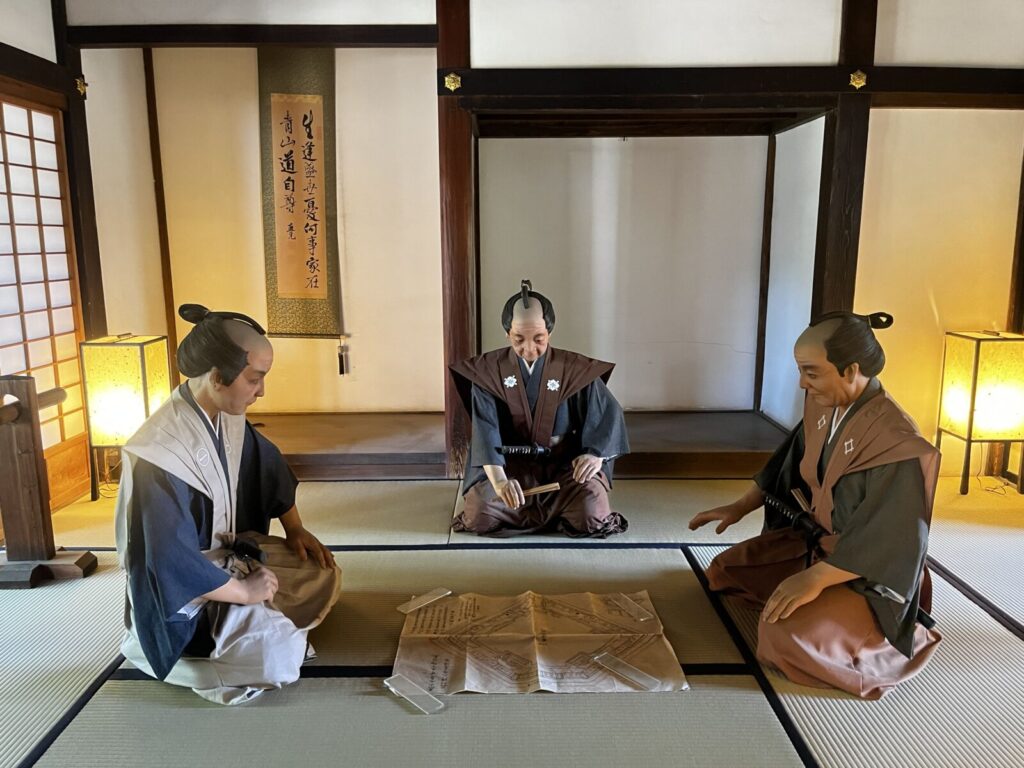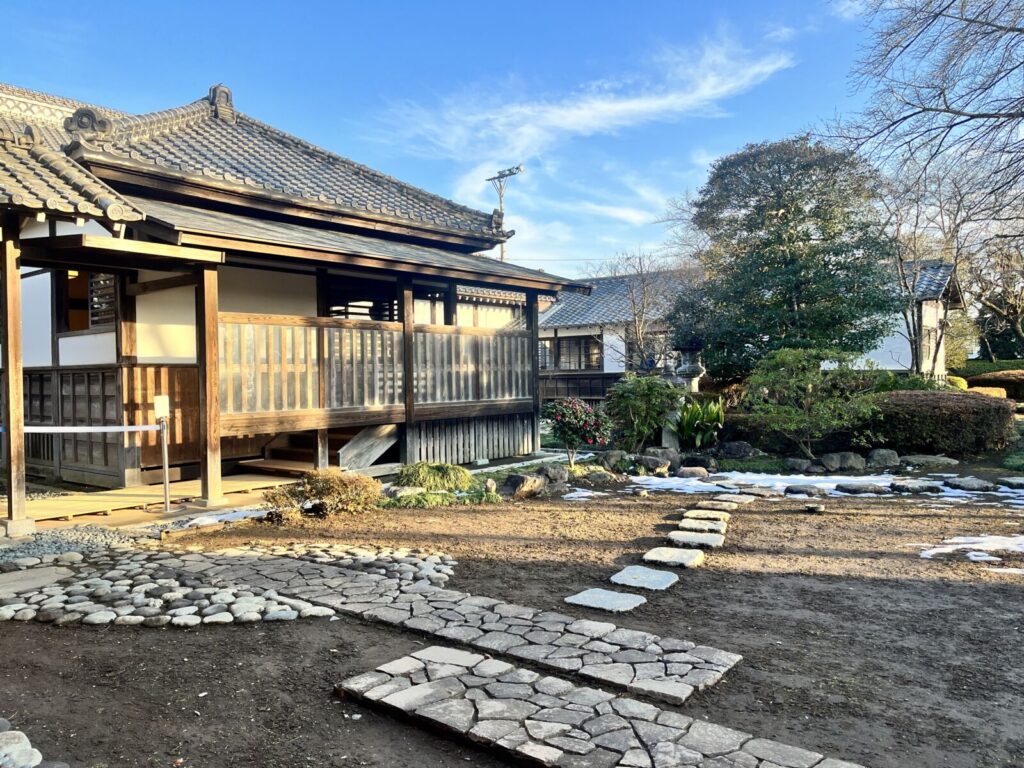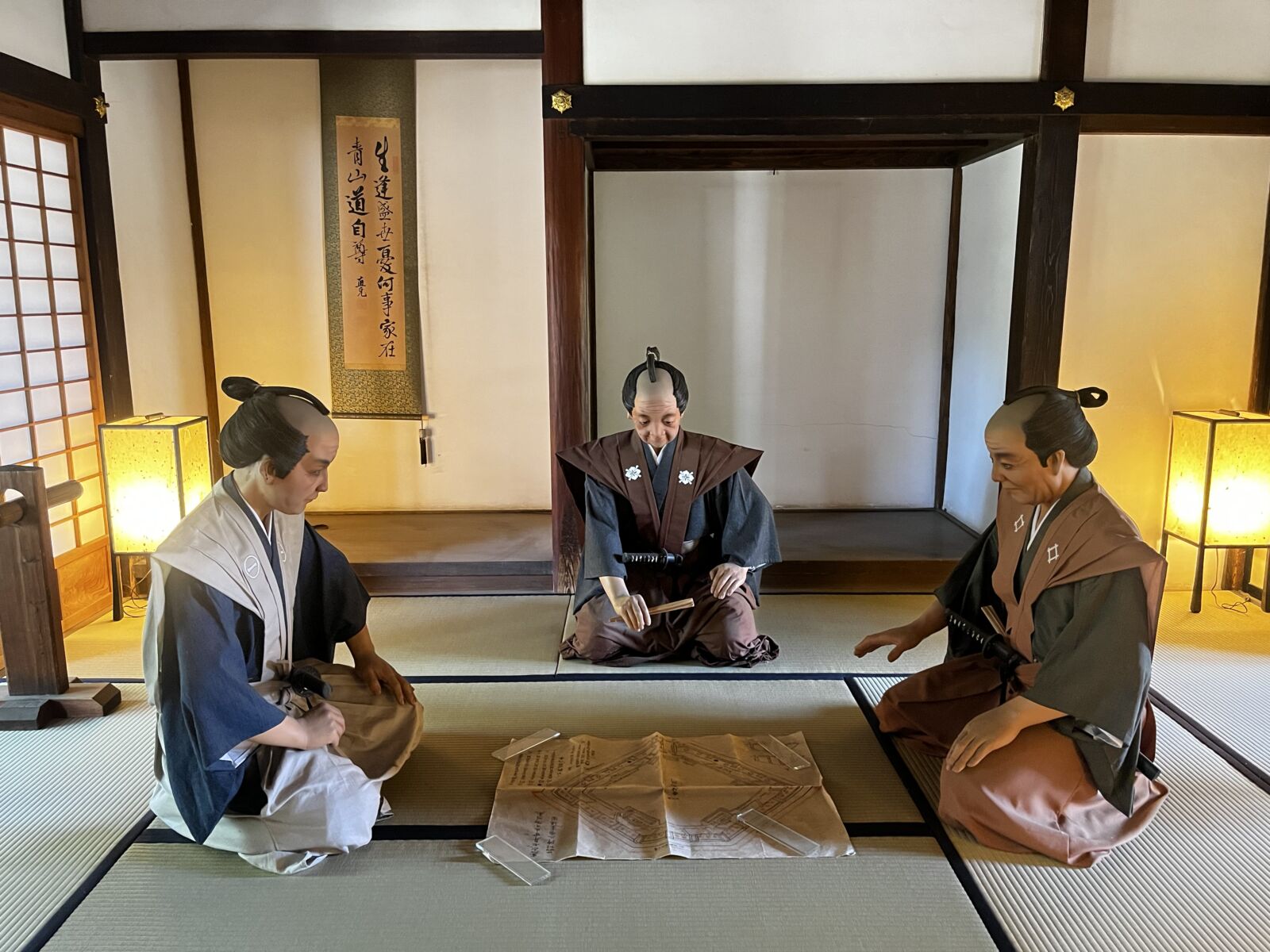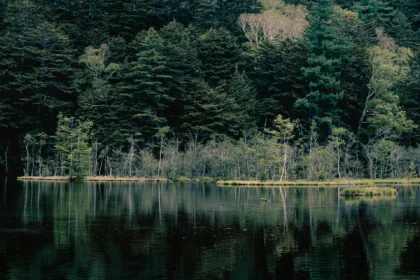


When the Edo period began in 1603, Tokugawa Ieyasu appointed his own loyal subject as the Lord of Kawagoe to protect it as it had become a very important trade city for Japan. It was also decided it would be the strategic point of defence north of Tokyo. Throughout the Edo period, 21 different lords ruled in Kawagoe and lived here at the castle. 1603 - 1868. By 1870 and the start of the Meiji period, the castle had started to be dismantled, with parts of the castle being relocated to other parts of nearby cities.
The structure you can visit and see today in Kawagoe was added in 1848, shortly before the end of the Edo period. Visitors can enjoy the castle’s spacious tatami mat rooms and beautiful garden which are beautiful especially in Autumn and Spring time. Visitors can also see models in the castle which depict the Kawagoe Lord with his staff discussing important matters. In 1967, the castle was designated as a tangible cultural property in Japan. For anybody with an interest in Samurai history and traditional Japanese architecture, Kawagoe Castle is a must visit during your trip to Kawagoe!
Want to experience the Kawagoe for yourself?















